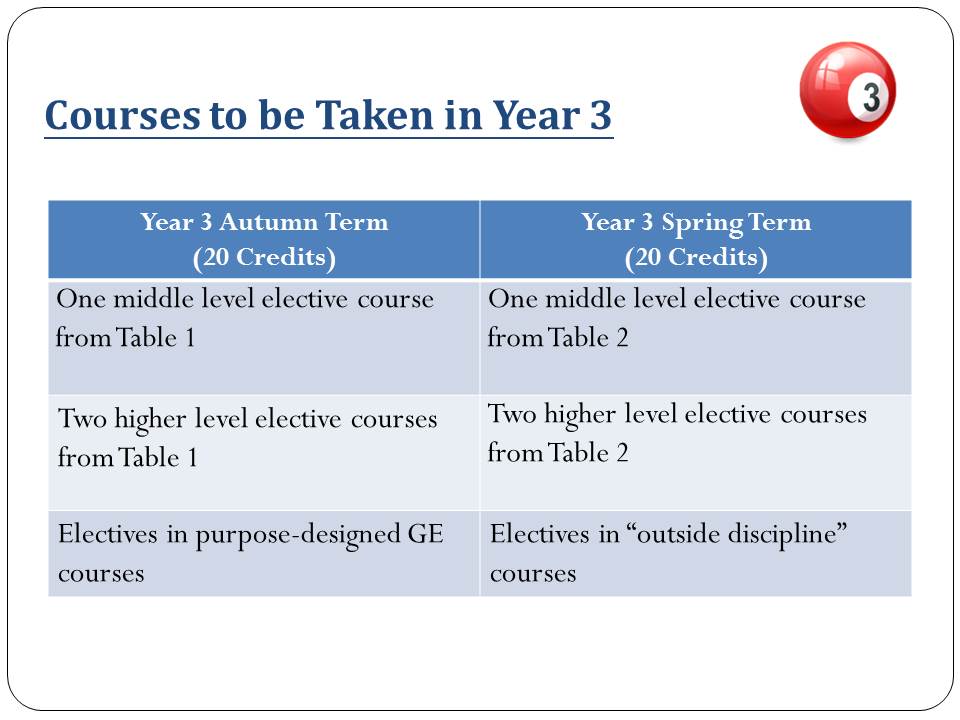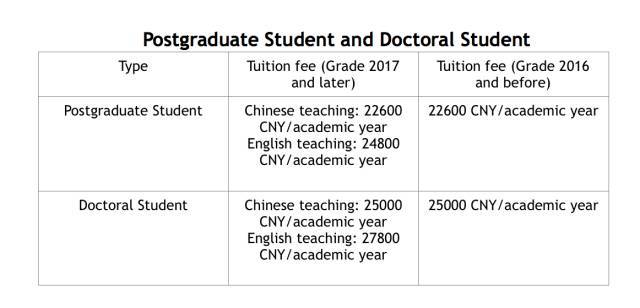Understanding What Is a Student Loan: A Comprehensive Guide to Financing Your Education
Guide or Summary:Federal Student LoansPrivate Student Loans#### What Is a Student Loan?A student loan is a type of financial aid designed to help students p……
Guide or Summary:
#### What Is a Student Loan?
A student loan is a type of financial aid designed to help students pay for their education expenses, including tuition, fees, books, and living costs. These loans can come from the federal government or private lenders and typically require repayment after the student graduates or leaves school. Understanding what student loans are and how they work is crucial for anyone considering higher education.
#### Types of Student Loans
There are primarily two types of student loans: federal and private.
Federal Student Loans
Federal student loans are funded by the government and usually offer lower interest rates and more flexible repayment options compared to private loans. They include:
- **Direct Subsidized Loans**: These loans are available to undergraduate students with financial need. The government pays the interest while the student is in school.
- **Direct Unsubsidized Loans**: These loans are available to undergraduate and graduate students regardless of financial need. Interest accrues while the student is in school.

- **Direct PLUS Loans**: These loans are available to graduate or professional students and parents of dependent undergraduate students. They help cover the remaining costs of education after other financial aid has been applied.
Private Student Loans
Private student loans are offered by banks, credit unions, and other financial institutions. They may have higher interest rates and less flexible repayment options. It's important to compare different lenders and read the terms carefully before borrowing.
#### How to Apply for Student Loans
Applying for student loans typically involves completing the Free Application for Federal Student Aid (FAFSA). This form helps determine your eligibility for federal aid, including grants, work-study, and loans. Once your FAFSA is processed, you will receive a financial aid award letter from your school detailing the types and amounts of aid you qualify for.
#### Repayment of Student Loans
Repaying student loans can be daunting, but there are various repayment plans available. Federal loans offer several options, including:

- **Standard Repayment Plan**: Fixed payments over a period of 10 years.
- **Graduated Repayment Plan**: Payments start low and increase every two years.
- **Income-Driven Repayment Plans**: Payments are based on your income and family size, which can be adjusted annually.
For private loans, repayment terms vary by lender, so it's essential to check the specific details of your loan agreement.
#### Managing Student Loan Debt
Managing student loan debt is crucial for financial health. Here are some tips:

- **Create a Budget**: Track your income and expenses to ensure you can make your loan payments.
- **Consider Refinancing**: If you have good credit and a stable income, refinancing your loans may help you secure a lower interest rate.
- **Stay Informed**: Keep up with any changes in student loan policies, as these can affect your repayment options.
#### Conclusion
Understanding what a student loan is and how it works is essential for anyone pursuing higher education. By being informed about the types of loans available, the application process, and repayment options, students can make better financial decisions and minimize their debt burden. Whether you choose federal or private loans, always consider your long-term financial goals and seek advice if needed.